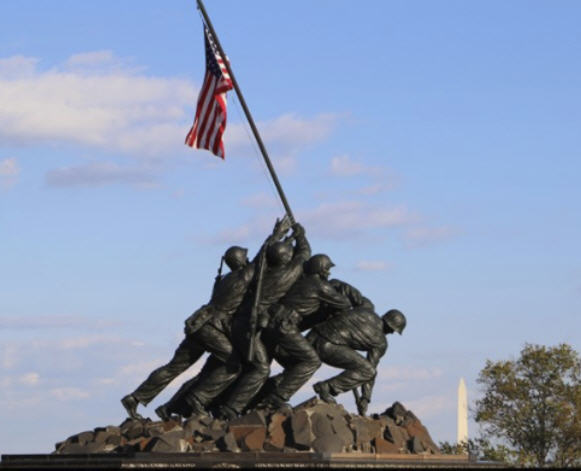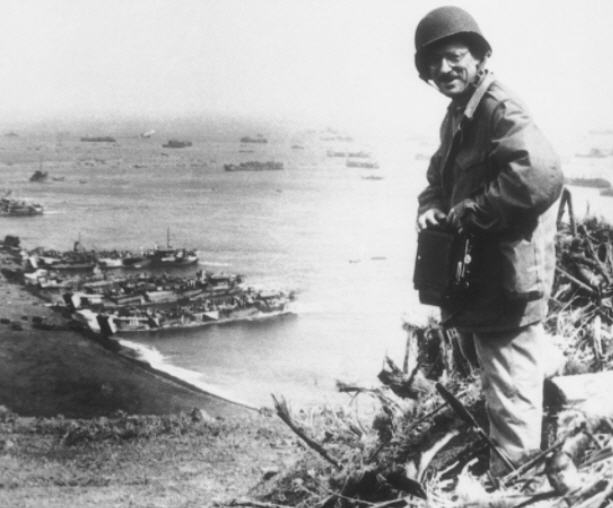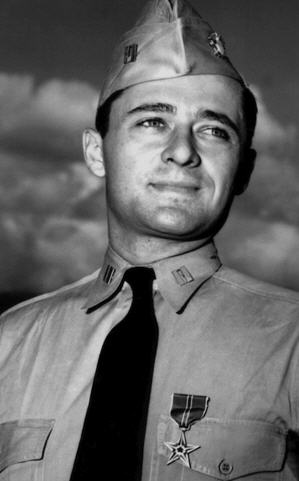
(The famous Marine Corps Monument on the National Mall. Sculpture by Felix W. de Weldon from an image of personnel of Company E, Second Battalion, USMC, by AP Photographer Joe Rosenthal, taken 23 February, 1945).
Cool rain coming in on the Piedmont, a couple days of it according to the Lady in Red on local news. She says there are prospects for better conditions on the formal Memorial Day on Monday. The rhythm of retirement is interesting to those arriving in it, since every day is a Saturday of sorts. Some are a little faster in pace and some less so. There have been an awful lot of interesting threads flying about as the nation re-opens after the Plague Year. We have shared them: some more credible than others, but the sheer mass of them was causing some of my aging synapses to spark with mild but persistent anxiety.
Along with weather, the media reports about the impending holiday eased the controversy over the alleged evils of our nation and its history. I watched one stand-up interlude on the tube in front of the Iwo Jima Memorial in Washington. I won’t belabor the rush of feelings, since the icon was something that used to pass without comment on the left or right side of the car heading in or clawing out of the capital in a working life. The symbol of dark bronze determination is massive against the green rise of the hill. It was different on foot. Running on the daily workout from the Pentagon, it was a turning point each day. And each of those days in human scale, it conveyed emotion.

(Photographer Joe Rosenthal on Mount Suribachi. Mac reviewed this picture, too).
Our pal Mac Showers was a fountain of information about the times. During one session at The Willow restaurant, we were talking about the picture Associated Press Photographer Joe Rosenthal took that became the monument. Mac had gone west across the Pacific to Admiral Nimitz’s forward headquarters on Guam as the war progressed. He was responsible for a variety of tasks, as you might imagine. The Estimates section of his intelligence shop produced grim assessments of Japanese capabilities to resist the invasion of the home islands. Their information came from the front. American Combat units were restricted in the use of images and accounts from the battles they fought. The products were routed to Guam for review before further dissemination.
To ensure American military secrets were not inadvertently released, the intel shop was tasked with reviewing them. The capture of Mount Suribachi on the morning of February 23, 1945, produced a lot of images and information. Joe Rosenthal was responsible for hundreds of them. The flag raising itself was a two part-evolution. Marines of Company E, 2nd Battalion fought their way to the top of the dormant volcano and the men below were cheered with the raising of a small American flag. That afternoon, with the slopes clear of Japanese resistance, a second, larger flag was raised in the same location. The hundreds of photos were developed and forwarded to Guam for security review. Mac was the responsible authority, and he said it was “OK.”
Of those hundreds of pictures, one alone became a symbol of all of that had happened in a wild chaotic world in conflict.
The times Mac chose to share with us included history, big and little. One of his car-pool buddies in post-war Pentagon times lived on a farm outside distant Leesburg, and he rose in darkness to milk cows before slogging in for long days in the capital region. This was before Beltways and interstate freeways. His road was two-lane across the rich green Virginia countryside, and included crossing the growing sprawl of the capital and into Maryland, almost all the way to Baltimore.
Photographer Joe eventually won a Pulitzer Prize for his picture. There was controversy, of course. Some was about the nature of the two flag events atop the mountain. Another was about the identity of the men who raised both flags. Sculptor Felix W. de Weldon, then on duty with the Navy, was struck by the image and constructed first a scale model and then a life-size model of it. It became the symbol not just of Easy Company, but for all the people whose lives became part of a symbol.
A symbol that crossed Mac’s desk. He said it was “OK.”

Copyright 2021 Vic Socotra
Photos USN, USMC and AP
www.vicsocotra.com
